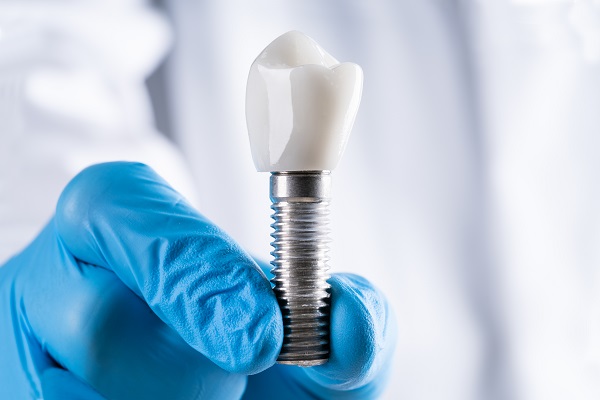Step-by-step Guide to Dental Implant Placement from an Oral Surgeon

A dental implant procedure replaces tooth roots with metal posts and missing or damaged teeth with artificial ones. Dental implants provide support for your replacement teeth. The process is performed in stages and may require many dental visits. If you are thinking about getting dental implants, you must learn more about the procedure.
What to expect
How the surgery is performed depends on a variety of factors including the condition of a patient’s jawbone and the type of implant. The process may involve many procedures and it takes months because of the healing time between them. Sometimes treatment can take a single day. Several important steps determine the success of the procedure.
Initial consultation
This is the first step of the procedure. The oral surgeon will examine the mouth of a patient and take X-rays or 3D images. This will help determine that a patient is in good health and to locate where the implant will be placed. The surgeon will then talk to a patient about the different implant options and develop a plan for the surgery.
Placement of the dental implant
The oral surgeon will surgically place the dental implant into the jawbone where the tooth is missing. Not all patients have the same experience, but most people experience little discomfort and pain. If a patient has some swelling or tenderness after surgery, the oral surgeon may prescribe pain relief medicine to help ease the discomfort. Over-the-counter medications also manage any pain.
Osseointegration
As a patient heals, the jawbone will grow around the implant in a process called osseointegration. This process makes the implant strong and creates a solid foundation for the replacement tooth. It can take several months for the implant to integrate into the bone. Depending on the choice of a patient, the surgeon may place temporary replacement teeth.
Placement of the abutment
Once the implant has bonded with the jawbone, an abutment, a small connector, is attached to the dental implant. The replacement tooth will eventually attach to it. Sometimes, the implant and the connector can be placed in one visit. This means a person would not need more surgery to place it.
Placement of the replacement tooth
If a patient is replacing a single tooth, the oral surgeon will custom-make an artificial tooth. This new tooth, also called a dental crown, will look like the other teeth. Dentures and implant-supported bridges are also custom-made to resemble natural teeth and to fit the mouth. The replacement tooth will be attached to the implant post.
Periodic checkups
The whole process can take several months. It depends on the type and the number of implants and replacement teeth a person will receive. A patient should visit an oral surgeon regularly for follow-up checkups. Periodic checkups can help ensure the long-term success of a dental implant. The surgeon may also suggest a home-care routine.
Contact your oral surgeon
The entire dental implant process usually takes a long time and involves many steps. A lot of time is devoted to healing and waiting for the jawbone to grow. Combining some steps is possible depending on the situation of an individual. Talk with your oral surgeon about dental implants. The surgeon can help you decide if they are good for you.
Request an appointment here: https://www.northsideoms.com or call Northside Minnesota Oral & Maxillofacial Surgeons at (763) 284-3159 for an appointment in our Coon Rapids office.
Related Posts
A common misconception that patients have about their oral surgeon is that they only treat issues dealing with oral health, and they are not concerned with improving a patient’s cosmetic appearance. However, oral surgeons also offer various cosmetic treatment options that help patients gain a more attractive smile. There are many cosmetic issues that require oral…
Dental implants are the gold standard of dental replacements. Titanium rods and porcelain crowns are the most stable dental replacements you can get. Once osseointegration ends, you will have a strong, stunning smile again. Knowing the advantages of dental implants can motivate you to see your dentist about getting these restorations. Here are the three…
As surprising as it is, you can get Botox from a dentist! Advancements in the dental niche are always being made. The goal is to offer dental patients simple and effective treatments that can address their dental issue in a safe and efficient manner, and many dentists have undergone training and have used dental Botox…
Getting wisdom teeth extractions can seem like a nerve-wracking experience, but the process is actually quite straightforward, especially if you prepare ahead of time! By taking a few small steps, you can simplify the extraction and the recovery afterward so you can move on with your life as soon as possible. Before your wisdom teeth…
